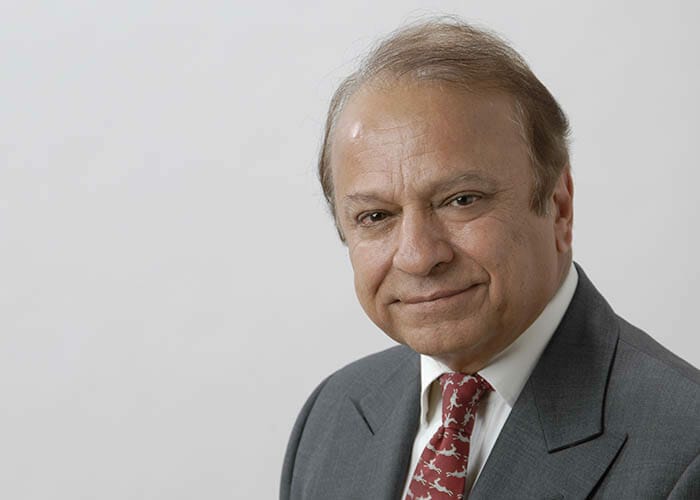Boston-headquartered Fidelity Investments, one of the world’s biggest asset managers, launched two zero-fee indexed funds last September – to a mixed reaction.
Some see it as a minor ratcheting-up in the price war among the mega indexers. Like the climate, they argue, fee models change at a snail’s pace.
Others see it as a defining moment. Not only have passive funds been a money magnet, they are also enabling passive providers to enjoy the so-called network effect, under which a service becomes more valuable the more it is used. Zero fees, it is argued, will create new revenue streams from the expanding client base at the expense of pure active managers.
The reality, as ever, is more nuanced. That fees are a slow-burn issue in global asset management, due to the large pool of legacy assets, is undeniable. That the price war in the passive space has been causing fee compression in the active space is equally undeniable.
Active fund managers are taking notice. With the large majority of them unable to beat their benchmarks in this decade, they have suffered the double whammy of fee compression and fund outflows.
Fidelity’s own stock-picking business had been challenged for years, as investors have flocked to low-cost indexed funds. Unsurprisingly, after itslatest salvo, the stock prices of active managers – like Franklin Resources, Invesco, Legg Mason and T Rowe Price – tumbled.
The media has, thus far, focused on private equity and hedge fund fees; however, the change is just as perceptible across the active space. Only those managers that have delivered their benchmark returns have remained immune.
For the rest, fee pressures have intensified like never before, in response to sub-par performance in this decade. And all the more so since quantitative easing has brought forward future returns, ushered in a low-return environment and turned fees into a key source of performance, once compounded over time.
In Japan, the $1.4 trillion Government Pension Investment Fund is implementing a two-part fee structure for active funds: a minimum base fee and a performance fee linked to the excess returns they generate. Failure to deliver them means managers receive only a base fee equal to that for passive funds of similar size.
Pricing pressures are acting as tectonic forces across the asset management industry, crushing some companies while helping to elevate a select few to unprecedented heights. As a percentage of assets, fees for active funds have declined by 3 per cent a year for the last three years. Asset managers are moving the pricing of their actively managed mutual funds from a fixed management fee to a performance-based variable fee with a very low minimum fee applied in all circumstances.
Of course, performance fees have their own issues. In particular, they encourage fund managers to ramp up risk to meet the return target. Even so, there is no doubt that such fees are coming, in various guises.
The trend is reinforced in the institutional space, as a growing number of pension plans worldwide are bringing investing inhouse. Back in 2016, Jack Ehnes, the chief executive of California State Teachers’ Retirement System, the third-largest pension plan in the US, said externally managed money needs to be brought inhouse because “for every $10 we pay an outside manager, we would pay $1 inside”. The best way to get better returns is to lower costs, he argued.
As we progress into the next decade, a new generation of fee models will emerge. The current fixed percentage fee based on assets under management is seen as ‘heads-I-win, tails-you-lose’ by investors. It is unlikely to survive intact. Apart from performance-based fees, unbelievable as it may sound, we may even witness fees based on flat pricing, giving asset managers a fixed sum of money, irrespective of mandate size. In funds management, today’s heresy can often be tomorrow’s orthodoxy.
Amin Rajan is chief executive of CREATE-Research.



